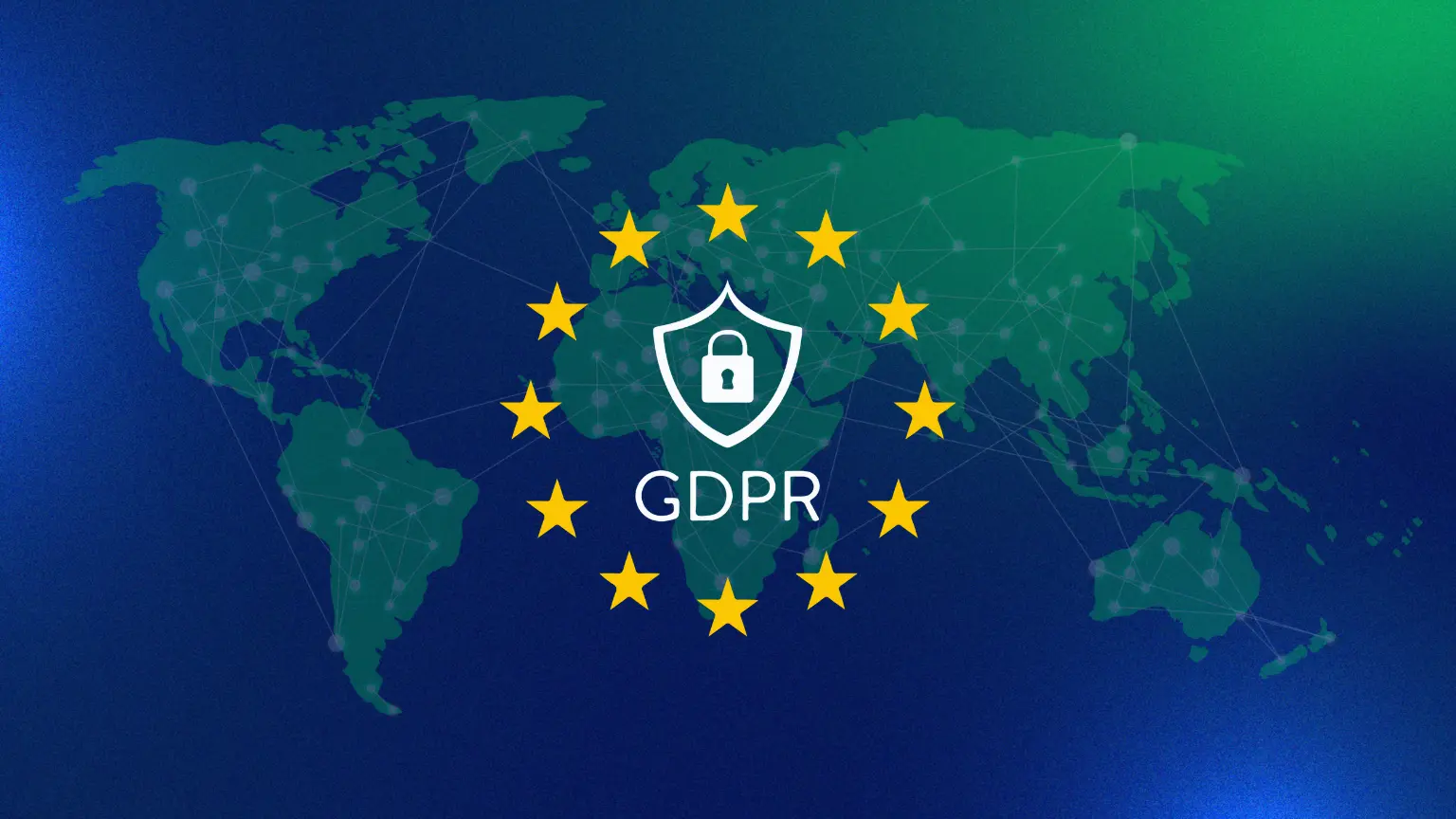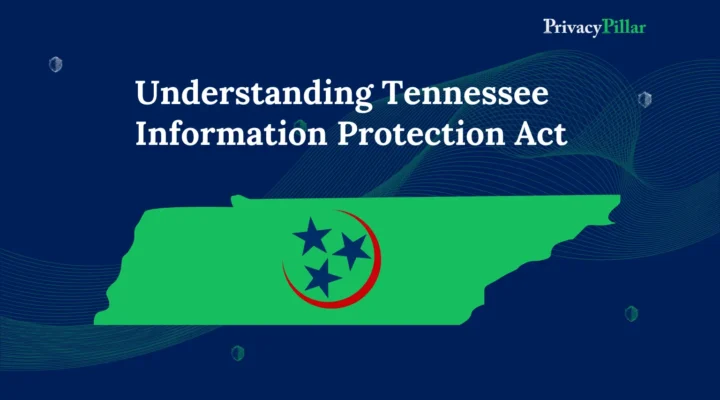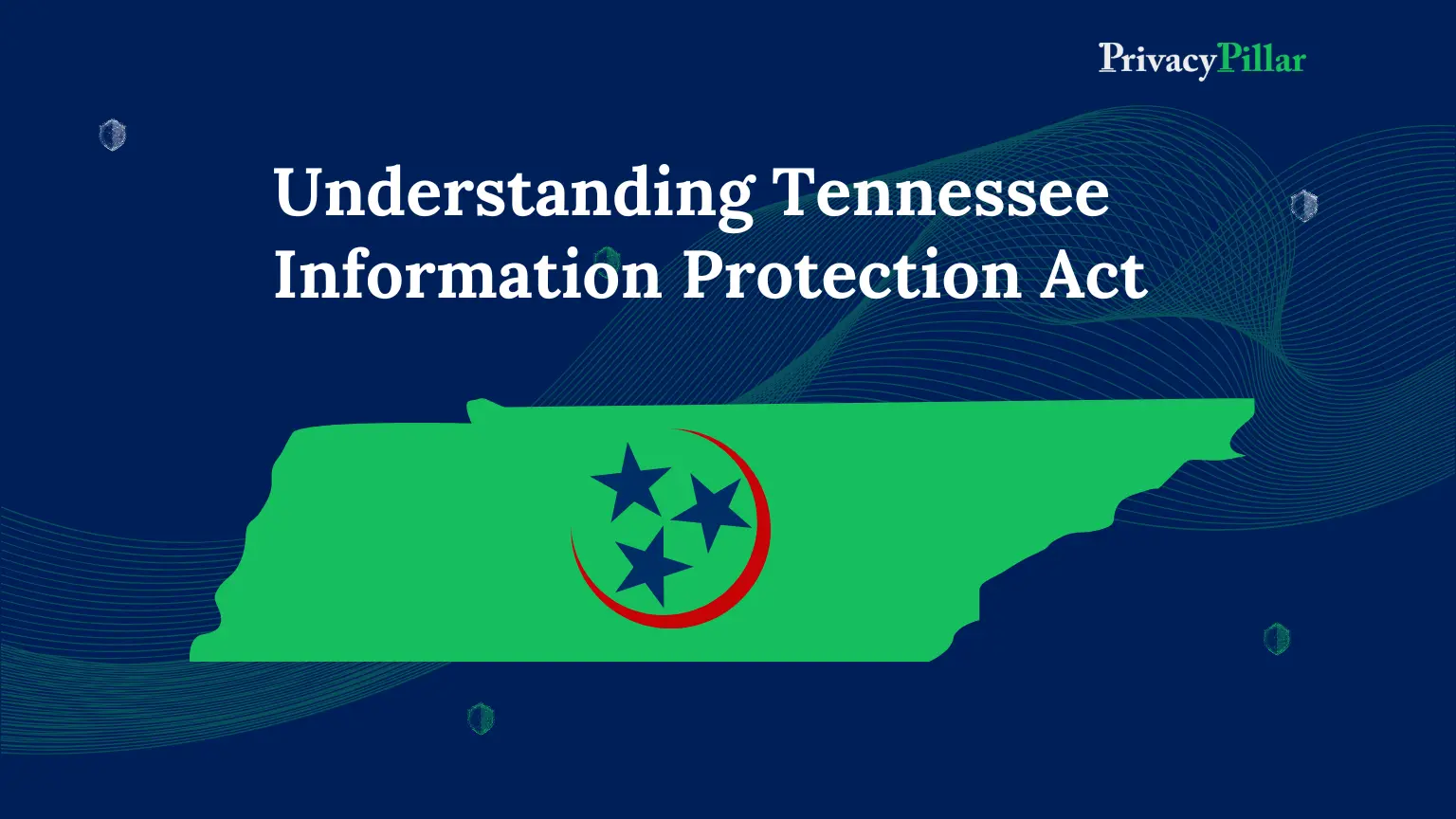
How to conduct data mapping under GDPR?
The General Data Protection Regulation (GDPR), the latest version of the Data Protection Directive, took place in 2016 when the European Commission updated it.
The General Data Protection Regulation (GDPR) of the European Union has transformed the global data privacy landscape.
The EU Charter of Fundamental Rights, which regards the protection of an individual’s data as a fundamental human right, serves as the foundation for the GDPR.
It sets strict regulations and standards for companies handling personal information to protect it.
Building a foundation for compliance will only be possible with the capacity to map your data.
GDPR data mapping is one of the crucial elements, or prerequisites, for compliance.
Some say that the GDPR does not require “data mapping” since the term is not specified in the regulation.
Businesses must, nevertheless, comply with the GDPR’s regulations, which include completing data protection impact assessments (DPIAs), meeting data subject access requests (DSARs), and keeping records of processing activities (RoPA).
It is only possible to meet these needs with data mapping.
It is a set of processes that helps businesses understand how their data flows and how an individual’s data (user or customer) processes throughout the organization.
Organizations must understand and map their customers’ data effectively to comply with this regulation and ensure all personal data is processed appropriately.
With data processing and collecting expanding and changing quickly, traditional methods may make this work nearly impossible.
As a result, organizations will need to use a tool to map their data effectively.
With this article, we will help you understand everything you need to know about data mapping under GDPR and follow the regulations.
Data mapping under GDPR
Data mapping is mapping data sets to their intended use or destination.
Businesses concerned with GDPR compliance should have easily accessible, well-structured data records.
In particular, GDPR data mapping will help you with compliance tasks, such as producing your RoPA, responding to DSARs, and creating DPIAs.
Think about how you handle fulfilling DSARs. You won’t know where your user-provided data goes, or what form it takes once it gets there if you haven’t mapped your data.
This will make it difficult to reply to a Data Subject Request (DSAR) in the 30 days required by the General Data Protection Regulation (GDPR) or to give the data subject their data in a portable, easily accessible format (which is yet another GDPR requirement).
However, this entire process will be more straightforward and seamless if you have mapped all your data.
You’ll be fully aware of where to find the data, its purpose for collection, and its intended use.
Here are a few examples of data mapping-driven privacy compliance:
Records of Processing Activities
Controllers and processors are required by GDPR Article 30 to keep a record of processing activities (RoPAs).
Process activity information, such as the purpose for processing, the legal basis, the status of consent, cross-border transfers, the DPIA status, and more, is included in RoPAs.
By collecting and keeping track of all data processing activities conducted within the company, data mapping helps businesses comply with GDPR.
Data Protection Impact Assessments
Organizations must conduct data protection impact assessments (DPIAs) under GDPR Article 35 when processing is anticipated to pose a serious risk to individuals.
A DPIA of this kind must consider the processing’s purpose, context, nature, and scope.
Data mapping enables companies to record what kinds of data they are collecting, when and how they are collecting and using it, where it is being stored, and how it flows via different systems and vendors to do effective DPIAs.
Breach Management
Organizations are required by GDPR Article 33 to notify the supervisory authority of any personal data breaches within 72 hours of becoming aware of the breach that could jeopardize the rights and freedoms of data subjects.
Organizations must promptly notify impacted data subjects of personal data breaches when there is a significant risk to their rights and freedoms.
In any security incident, data mapping allows businesses to quickly identify impacted data subjects and data that has been compromised.
Additionally, it enables companies to analyse the dangers that a security breach poses to the rights and freedoms of data subjects, helping them notify the right stakeholders of just those personal data breaches that meet a predetermined risk threshold.
As a result, they can fulfill notification timelines as per the GDPR.
Consent Management
Article 4 of the GDPR states that while using the user’s consent as a legal basis for processing data, the consent must be freely given and include a clear, concise, and informed explanation of the data subject’s wishes.
Additionally, data subjects must be free to revoke their consent at any moment and without consequence.
Data mapping helps companies determine whether processing activities are legally based on consent, highlighting the potential need for consent capture mechanisms and facilitating the revocation of consent.
Data Subject’s Rights fulfillment
Concerning their data, GDPR grants data subjects several rights, including having the right to
- Obtain a copy of personal data,
- Update or delete personal data,
- Limit how personal data is processed and
- Transfer personal data.
The data controller must respond to requests for data within the allotted periods when the data subject exercises their rights.
Data mapping helps organizations locate the data subject’s data and assist with their request.
It makes it possible for businesses to respond to a request from a data subject by the deadline specified by the GDPR.
GDPR data mapping requirements
There are no explicit GDPR data mapping requirements because the regulation does not mention data mapping.
However, given our understanding of GDPR’s record-keeping obligations, there are a few crucial factors to consider.
What kind of data are you collecting?
It would be best if you were well-versed in the data you collect. Is it sensitive data, local identifiers, names, addresses, localities, or something else entirely? Even before you begin the data mapping process, document everything.
Where are you collecting the data?
Consider all data-collecting sources, not just the most evident ones.
Where do you keep the data stored?
This one is among the most crucial questions, particularly regarding DSAR fulfillment. The response could get more complicated if your company uses multiple data stores.
Do you transfer the data around? Where, if so?
Analyse both internal and, more importantly, foreign transfers. For you to comply with GDPR, this step will be much more crucial if data is being transferred across borders, especially to non-EU nations.
What purposes are behind the processing of data?
Keep in mind that most of the time, you require the users’ consent. Ethically, data should only be processed when necessary to lower the risk of data breaches and simplify compliance.
For how long do you store the data?
You must also know precisely how long you plan to process and store the data. While the duration may not directly relate to data mapping, responding to this question will lower your risk.
Elements of GDPR data mapping
The key elements of data mapping are as follows:
- Allows companies to manage, classify, arrange, and structure data for operational requirements;
- It makes it possible for companies to access and locate relevant data when needed quickly;
- Increases the effectiveness of data management and protection by giving more robust security to risky data;
- Allows the tracking of data flow and
- Aids in keeping accurate records of data processing activities.
Techniques of GDPR data mapping
An organization using data flow mapping has two techniques to enhance its understanding of personal data.
One way to start would be to search for information manually.
Usually, informational interviews and questionnaires are used for this.
Typically, surveys conducted in person or on paper are used to collect data, which is then collected and examined.
Alternatively, one might do a technology-assisted search to collect the essential data regarding the data flow throughout the company.
This can be collected using online electronic questionnaires or scanners identifying data collection and transportation within the organization’s electronic systems.
The automatic and manual techniques will provide the same outcome if carried out appropriately.
Nevertheless, every technique has advantages and disadvantages; thus, the end product of two separate attempts can differ.
Benefits of automated GDPR data mapping
Organizations can get several benefits from an automated data mapping system that speeds up the compliance process, including:
- Speeding up the compliance process
Automatic Data mapping can help businesses in speeding up their compliance processes.
Data is scattered among several applications, resources, and systems. Furthermore, these resources might be spread among several cloud service providers, regions, and accounts.
A manual method would take a long time and be ineffective when mapping such a large amount of data.
- Reduces chances of human error
Human error can be significantly reduced by automation.
Automated solutions accurately find and classify the data using the latest advanced algorithms and technologies, such as AI/ML, ensuring a reliable mapping process.
- Data flow visibility
Data mapping is crucial to fully understand how data flows between an organization’s departments, systems, and resources.
Organizations may effectively identify potential risks and take appropriate action by having visibility into data flow.
- Easy to maintain RoPA
Organizations must maintain a record of processing activities (RoPA) to show compliance with data protection requirements, such as the EU’s GDPR.
Automated data mapping creates these reports with a few clicks and maintains the records updated as more processing operations occur.
- Managing massive datasets
Data mapping requires automation, particularly in hyperscale situations where new datasets and data assets are constantly introduced.
Challenges of GDPR data mapping
In-house and cloud-based application and storage infrastructure and various data processing and collecting components are integrated with highly fluid data sharing and processing agreements.
Over 80% of business processes are being moved to the cloud, making it challenging for organizations to monitor and record information flow within their vendor’s cloud infrastructure.
Data catalogs and maps are typically buried in old spreadsheets and Visio diagrams or PowerPoint in most organizations, making it hard to figure out the meaning of the massive web of interconnected interfaces, systems, and processes.
In addition, it is common for subject matter experts to become locked up in their understanding of business processes in the absence of collaborative documentation and knowledge-sharing environments, which makes it nearly impossible to create and maintain an accurate record of data.
The PrivacyOps methodology’s data mapping feature helps overcome each of these difficulties.
It gives businesses access to a single, secure, fully automated platform that enables them to perform effective, comprehensive data mapping.
What should you look for in a data mapping tool?
Theoretically speaking, data mapping can be done manually. In practical terms, it is not recommended.
The process will be complicated unless you’re a tiny business handling the data of only a few users.
Your company will likely have additional data sources to map when you’ve completed mapping everything.
Choosing the best GDPR data mapping software requires critical planning and thought.
This is what you should look for:
- Flexibility and User-Friendliness
Data mapping in and of itself can be complex.
Choosing software shouldn’t add to the difficulty of your work.
Before you begin using it, there will be a learning curve and a potential time commitment.
However, you want your data mapping tool to be as easy to use as possible so that even people unfamiliar with this software can pick it up quickly.
Another requirement is flexibility.
Although GDPR may be the same for all businesses, you still want to allow for some customization because every company is unique.
Check out the choices for data visualization as well.
Although it’s not required, doing this will significantly simplify your life.
Without a simple and understandable visualization option, picture trying to analyze your data map, search for trends, and describe security measures.
Though it won’t be simple, it is possible. Using a GDPR data flow diagram will significantly streamline this process.
- Data Discovery
You must know all your data to start mapping.
You will, therefore, want a data discovery tool. These are sometimes included in the data mapping tool. Sometimes, they come as separate software.
Pick the solution that best suits your business needs but ensure that the tool you choose will enable you to locate all the data, regardless of where it is kept or how it has been processed.
- Capabilities to map
Ensure the data mapping tool you choose can handle every kind of data you work with and any format you store your data in.
Spreadsheets, databases, APIs, and other file types could fit this category.
You will need the appropriate mapping capabilities to record all the necessary information, such as relationships between data sets or storage units.
Most GDPR data mapping software is prepared for this; however, a solution designed just for one industry may occasionally be available.
- Security and Compliance
Ensure the data mapping software you employ is compatible if you wish to be compliant.
Learn about the security mechanisms in place, how sensitive data is handled, and other details.
Using a non-compliant tool to introduce a vulnerability into your system is the last thing you want to happen.
- Collaboration and Integration Capabilities
Selecting a data mapping solution with collaboration features is ideal because data mapping tends to be a team effort.
Choose one that enables several individuals to collaborate on the project simultaneously.
For large teams, tracking changes and giving comments will be very useful.
Your GDPR data mapping solution must be integrated with your other systems.
Look into further integration possibilities and compatibility.
Does this software integrate with the rest of your data management tools? Remember to include technical support.
It’s always preferable to know that the new software comes with support if you run into any issues, regardless of how good your team is.
Conclusion
An essential first step toward GDPR compliance is data mapping.
It is crucial to understand what information you collect, where it is stored, how long it will be stored, and who you share it with to protect privacy and make informed business decisions.
When trying to map data manually, data mapping can seem very challenging.
However, automated technologies help you locate, categorize, and map all the data you process, relieving you of many burdens.
At PrivacyPillar, we are here to help you in meeting GDPR compliance.
To know more, book a demo with us today.



